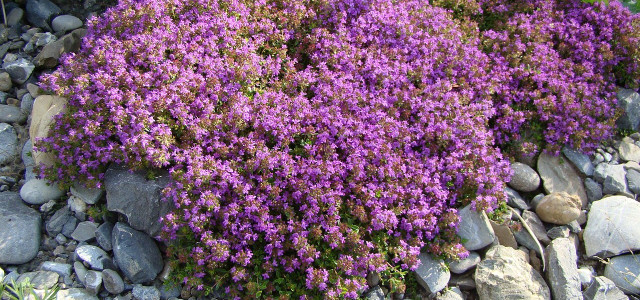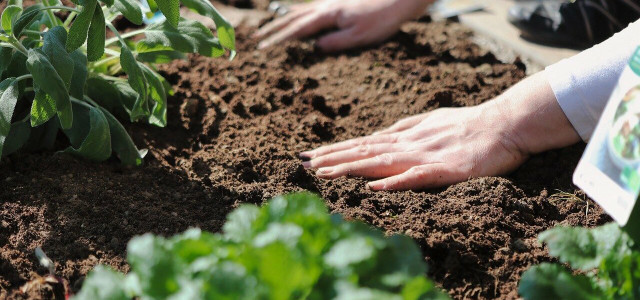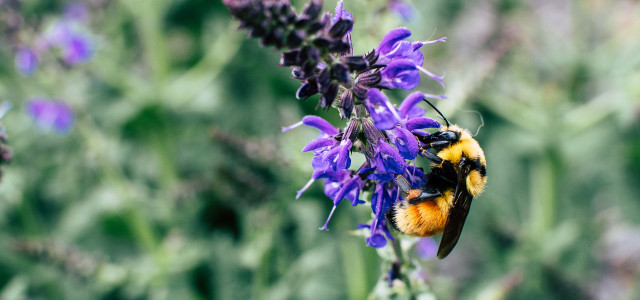Tired of maintaining your lawn? Native ground cover plants offer a sustainable and attractive solution. We'll explore the eight best low-maintenance plants for ground cover.
Ground cover plants are exactly what they sound like: low-lying plants that grow along the ground, typically forming leafy carpets. Because of this quality, landscapers often use ground cover plants as an alternative to lawns, especially in areas of uneven terrain. The best plants for ground cover are also regional natives, as these support local wildlife and also won’t threaten native ecology by becoming invasive. Here are some of the benefits of choosing plants for groundcover as opposed to lawns:
- Low Maintenance: Unlike lawns, most ground covers can thrive with minimal trimming and watering
- Save Money: Since you won’t have to use your mower, you’ll save on water, energy, and fuel costs.
- Erosion Control: Dense roots and leaf cover prevent water and rain damage to the soil.
- Weed Control: The carpet of leaves also prevents weeds from growing.
- Buffer Zones: Ground cover plants next to trees, rock, or masonry provide buffer zones where lawn mowers cannot reach.
- Provide Habitat: Provide space and food sources to pollinators and other insects. Check out our native gardening for wildlife guide for more details.
- Biodiversity: Ground cover plants are an attractive way to diversity lawn and garden space.
1. Best Plants for Ground Cover: Phlox
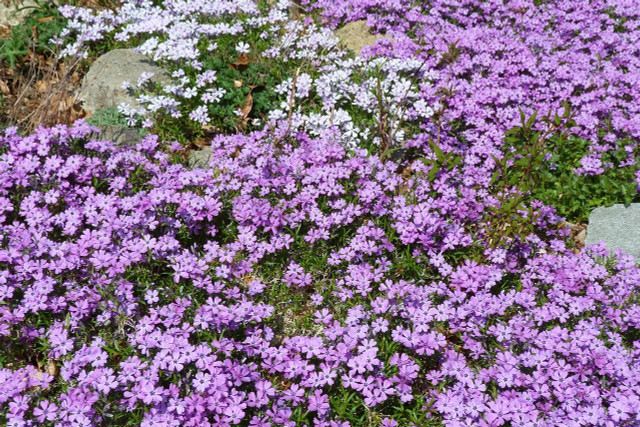


(Foto: CC0 / Pixabay / Meatle)
Possibly the best plant for ground cover, creeping phlox blooms with an impressive carpet of colorful flowers to attract bees and butterflies in the spring. Like thyme, phlox prefers full sun and drier soil but tolerates occasional foot traffic better. Though its famous flowers bloom in the spring, it also sports a mass of moss-like green foliage throughout its growing season. Phlox spreads through roots as well as seeds, so it will need maintenance to keep it from spreading into new areas.
2. Wild Ginger
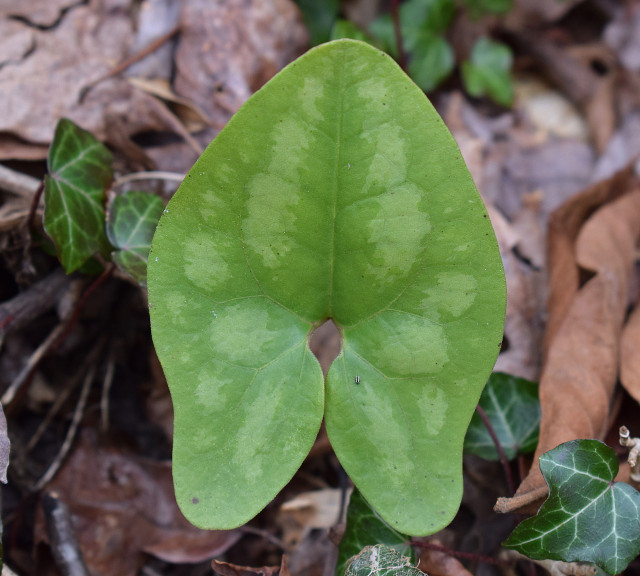


(Foto: CC0 / Pixabay / leoleobobeo)
Wild ginger is a shade-loving ground cover plant that can grow to form low-lying mats of foliage. While wild ginger prefers moist environments, it needs little maintenance and will be able to thrive even in drier conditions. Though the two are not related, wild ginger sports fragrant roots similar to cooking ginger. While this flavor can be safely extracted in teas, wild ginger should not be eaten whole as it is mildly toxic. Wild ginger is considered a non-invasive plant.
3. Ornamental Grasses and Sedges
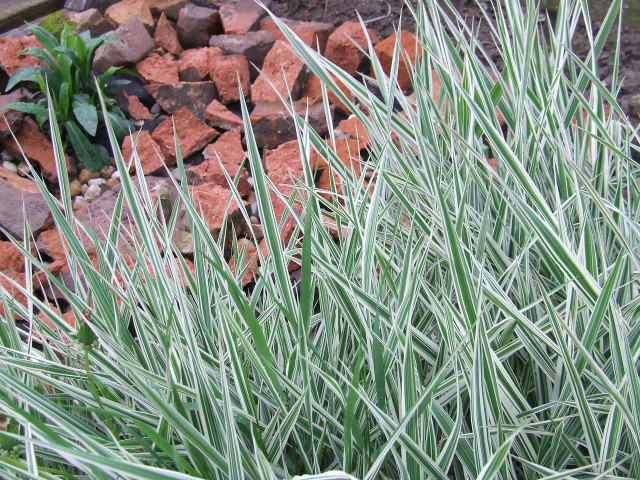


(Foto: CC0 / Pixabay / Ajale)
The most direct alternatives to conventional grasses are ornamental grasses or sedges. These provide ground cover while also requiring less maintenance than typical lawns. There are multiple varieties of grasses or sedges to choose from that can thrive in a variety of conditions from sunny and dry to shady and moist. Different varieties can also grow to different heights, so while shorter varieties can replace lawn grass, bushier varieties might be better suited for use as border plants or as erosion control on hillsides. Consider varieties such as Pennsylvania sedge and Cherokee sedge for moist soils or Indiangrass and purple lovegrass for drier soils.
4. Best Plants for Ground Cover: Ferns
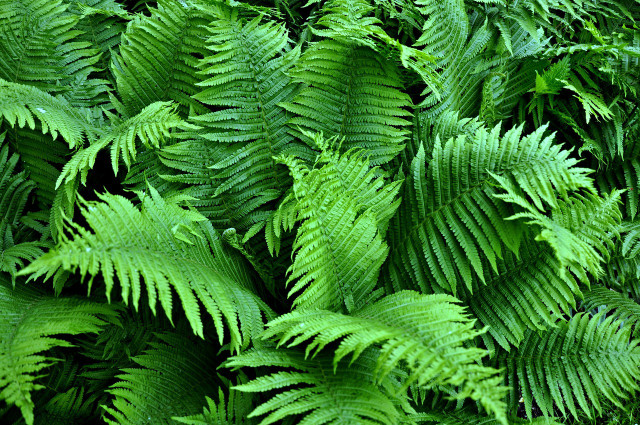


(Foto: CC0 / Pixabay / MabelAmber)
Ferns are among the best plants for ground cover in shaded or less accessible areas in your yard. Varieties such as the Christmas, Cinnamon, New York, and Hay Scented ferns all thrive in shade and moister soil conditions. Ferns can grow quite large and provide a habitat for not only insects but nesting birds and small mammals. For this reason, large swaths of ground cover ferns should be reserved for more remote areas of your yard where you may not plan to walk. Smaller areas of ferns can be grown anywhere, as there is less potential for them to harbor potentially unwanted critters.
5. Stonecrop
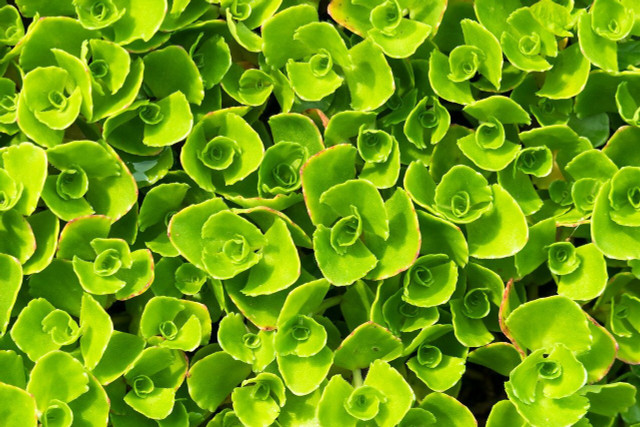


(Foto: CC0 / Pixabay / Didgeman)
Stonecrop (also known as a sedum) is a family of succulents that rivals phlox as some of the best plants for ground cover in dry, sunny, and rocky areas. Stonecrop is available in several varieties that can grow both as a carpet of small plants or in larger, bushier forms. Not only is the foliage attractive, but most stonecrop varieties bloom with colorful inflorescences of flowers to support pollinators. Stonecrop plants also have relatively shallow root systems, making them easy to remove and transplant.
6. Green-and-Gold
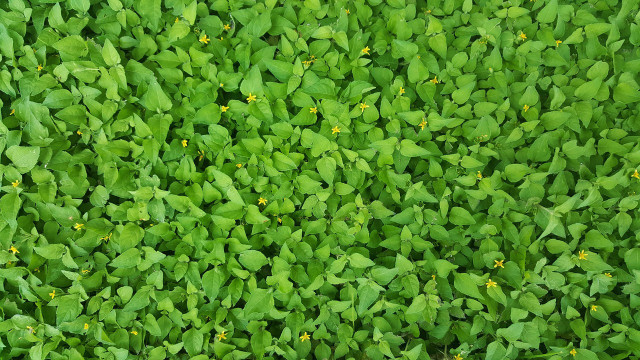


(Foto: CC0 / Pixabay / Brett_Hondow)
Green-and-gold offers a solution for those who want dense green foliage with periodic splashes of bright yellow during spring. Green-and-gold is a great jack-of-all-trade plant, tolerating a wide range of sunlight, temperature, water, and soil quality. Since it favors dappled sunlight and moisture, plant green-and-gold as a border plant around trees, buildings, or pathways.
7. Bearberry



(Foto: CC0 / Pixabay / Eukalyptus)
The ultimate in low maintenance, bearberry is the best plant for ground cover if you want to forget about it after you plant it. Bearberry grows slowly, requires little attention, and can thrive in poor, rocky soil provided there is enough sunshine. This slow growth applies to the seeds as well, meaning you will likely never have unexpected bearberry sprouts. Since it is an evergreen, your bearberry will maintain its color throughout the winter, though it won’t be able to tolerate higher temperatures that occur in southern parts of the United States. The most attractive draw of the bearberry plant is its bountiful red berries, a favorite food source for both birds and bears. Though these berries are edible, they are best eaten when cooked and have a flavor similar to cranberries.
8. Best Plants for Ground Cover: Spiderwort
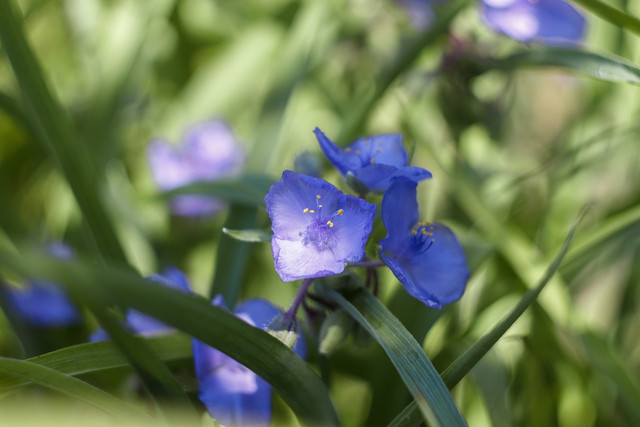


(Foto: CC0 / Pixabay / Dangel099)
Spiderwort is a family of plants featuring three-petaled blue or purple flowers and arching, grassy leaves. Although this plant prefers partial shade, it will also tolerate sunnier locations as long as the soil is kept moist. Larger varieties such as the Virginia Spiderwort can grow to be large and bushy and are therefore best reserved as border plants rather than a more traditional groundcover. The inchplant variety is much smaller, sporting striped green and purple foliage, and makes an excellent groundcover in warmer areas such as the gulf coast, or southern California.
What to Watch Out For in Plants for Ground Cover
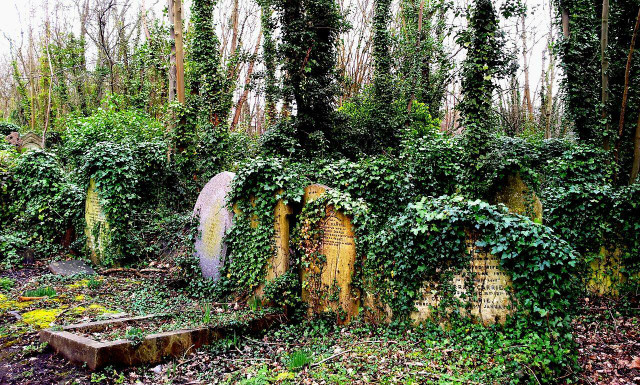


(Foto: CC0 / Pixabay / TuendeBede)
While a ground cover plant’s ability to quickly spread along the ground is beneficial for rapidly covering bare garden space, this quality also makes some species invasive. When left unchecked, they can spread beyond their allotted garden space and out-compete other plants. This is especially problematic if the plants produce seeds. Here are a few plants to look out for:
Virginia Creeper: While native to North America, this vine has the potential to rapidly grow along the ground and completely cover other plants.
Periwinkle: A superior ground cover in its native range, periwinkle has escaped ornamental spaces and is spreading invasively in forests of both the east and west coasts of the US.
Lily of the Valley: Although this native sports attractive green foliage white flowers, it tends to spread rapidly beyond its range and can be difficult to remove.
English Ivy: This iconic dark green foliage can add a dignified accent to shady landscaping, but it has the potential to wreak havoc by carpeting forest floors and overgrowing native plants if it escapes into the environment.
Creeping Thyme: While this fragrant and colorful flowering herb may sound like the best plant for ground cover, it is native to the Mediterranean and has the potential to become very invasive in sunny locations.
Read more:
- 11 Flowering Bushes and Shrubs to Bring Birds and Insects to Your Garden
- Herbs to Plant Together: Companion Planting with Herbs
- Peat Moss for Lawns & Gardening: Pros and Cons
Do you like this post?






